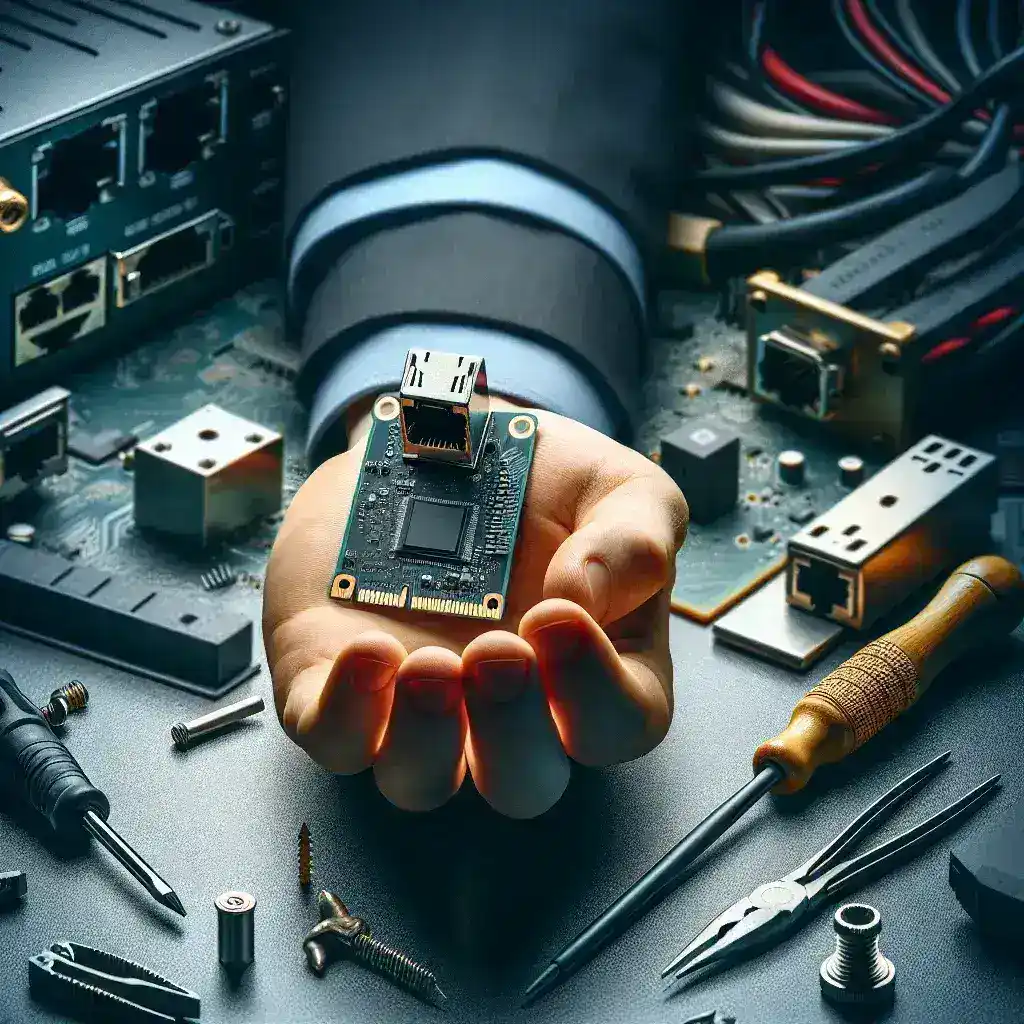Encountering issues with a network adapter not being recognized after reinstallation can be incredibly frustrating. Fortunately, there are several steps you can take to diagnose and fix the problem. This guide will walk you through the entire process of troubleshooting and resolving this common issue.
Common Reasons for Network Adapter Issues
Before diving into the fixes, it’s essential to understand some common reasons why your network adapter might not be recognized after a reinstallation.
- Driver issues
- Disabled network adapter
- Incorrect BIOS/UEFI settings
- Misconfigured network settings
Step-by-Step Troubleshooting Guide
1. Check Device Manager
Open Device Manager to see if the network adapter is listed but has a problem indicator like a yellow exclamation mark.
- Press Win + X and select Device Manager.
- Expand the Network Adapters section.
- Look for your network adapter. If you see a yellow exclamation mark, right-click on the adapter and select Properties for more information.
2. Update or Reinstall Network Adapter Driver
A malfunctioning or outdated driver is often the cause of network adapter issues.
- Right-click on the network adapter in Device Manager and select Update Driver.
- Choose Search automatically for updated driver software to let Windows find the latest driver.
- If updating doesn’t work, you might need to reinstall the driver. Right-click on the network adapter, choose Uninstall device, and then restart your computer.
- After restarting, Windows should automatically reinstall the driver.
3. Check Network Adapter Settings
Sometimes, the network adapter may be disabled in the settings.
- Press Win + I to open Settings.
- Go to Network & Internet and then Status.
- Click Change adapter options.
- Right-click on your network adapter and select Enable if it’s disabled.
4. Reset Network Settings
Resetting the network settings can often resolve hidden issues.
- Press Win + I to open Settings.
- Select Network & Internet and then Status.
- Scroll down and click Network reset.
- Confirm the reset by clicking Reset now.
- Restart your computer after the reset.
5. Verify BIOS/UEFI Settings
In some cases, the network adapter might be disabled at the BIOS/UEFI level.
- Restart your computer and press the Del or F2 key (depending on your motherboard’s manufacturer) to enter the BIOS/UEFI setup.
- Navigate to the Advanced or Integrated Peripherals section.
- Ensure that the network adapter is enabled.
- Save changes and exit the BIOS/UEFI setup.
6. Perform a System Restore
If your network adapter issues started after a recent change or update, performing a system restore might help.
- Press Win + S and type System Restore.
- Select Create a restore point from the results.
- In the System Properties window, click System Restore.
- Follow the on-screen instructions to restore your system to a previous state.
7. Consider Hardware Issues
If none of the above solutions work, there might be a hardware problem with your network adapter.
- Try connecting your network adapter to a different PCIe slot (for desktop users).
- If you’re using a USB network adapter, try a different USB port.
- Check if the network adapter works on another computer to rule out hardware failure.
Troubleshooting Network Adapter Using Command Prompt
Using Command Prompt to Fix Network Adapter Issues
Running specific commands in the Command Prompt can also help diagnose and fix network issues.
1. Release and Renew IP Address
- Open Command Prompt as an administrator by typing cmd in the search bar, right-clicking on Command Prompt, and selecting Run as administrator.
- Type the following commands one by one, pressing Enter after each:
ipconfig /releaseipconfig /renew
2. Reset TCP/IP Stack
- In the Command Prompt window, type the following command and press Enter:
netsh int ip reset
3. Flush DNS Cache
- In the Command Prompt window, type the following command and press Enter:
ipconfig /flushdns
Frequently Asked Questions (FAQs)
1. What should I do if my network adapter still isn’t recognized after following these steps?
If your network adapter still isn’t recognized, you might be facing a hardware issue that requires professional assistance. Consider taking your computer to a technician for further diagnosis.
2. Can a virus affect my network adapter?
Yes, malware or viruses can sometimes interfere with network adapter functionality. Ensure your computer is protected with a reliable antivirus program and perform regular scans to detect and remove threats.
3. How can I prevent network adapter issues in the future?
- Regularly update your operating system and drivers.
- Use a reliable antivirus program.
- Avoid making unnecessary changes to BIOS/UEFI settings.
- Back up your system periodically.
Conclusion
Dealing with a network adapter that isn’t recognized after reinstallation can be challenging, but by following the steps outlined in this guide, you should be able to diagnose and fix the issue effectively. Always remember to keep your software and drivers updated to prevent such problems from occurring in the future.

